Legionella Control
Control and prevention of legionella in water systems
Control and prevention of legionella in water systems
Legionella are bacteria that naturally inhabit bodies of water like rivers and lakes. However, they can also colonize artificial water systems, such as the cold and hot water installations of buildings. These bacteria particularly thrive in systems with nutrient-rich, warm water and low circulation.
In small numbers, Legionella are generally harmless. However, at temperatures above 25 degrees Celsius, they can multiply rapidly. If such contaminated water is aerosolized, for example, during showering, the aerosols can be inhaled, potentially causing severe pneumonia (Legionnaires‘ disease).
Properly applied Sanosil disinfectants with catalytically enhanced hydrogen peroxide can effectively and quickly eliminate the threat of Legionella in water systems.

Highly concentrated disinfectant for water and water systems
Disinfectant (non-hazardous) for water and water systems
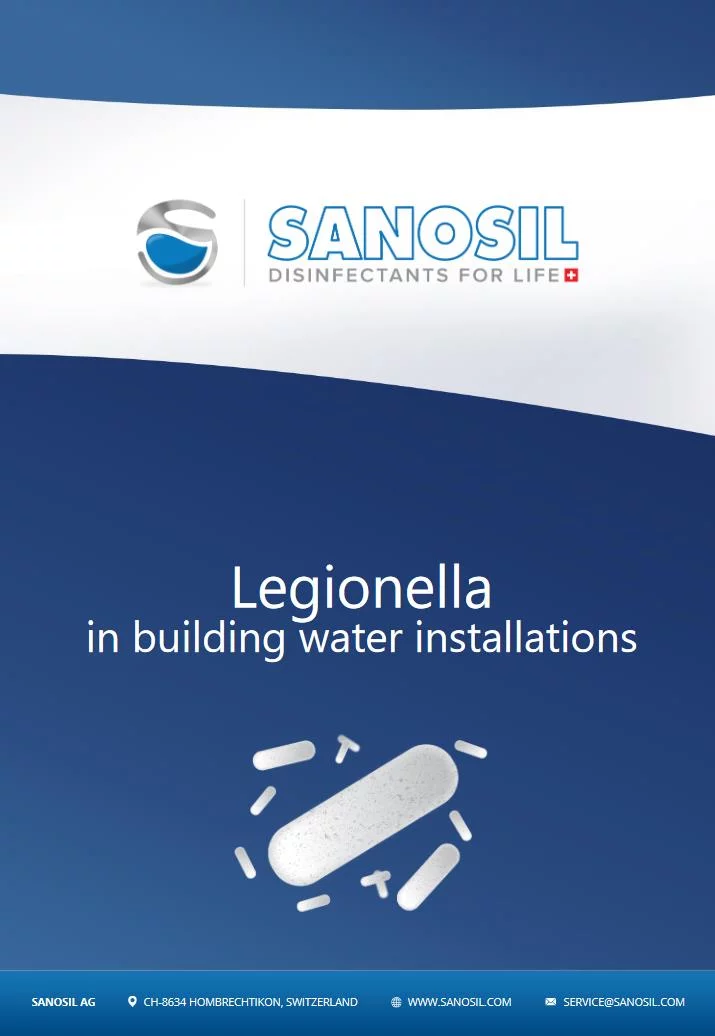
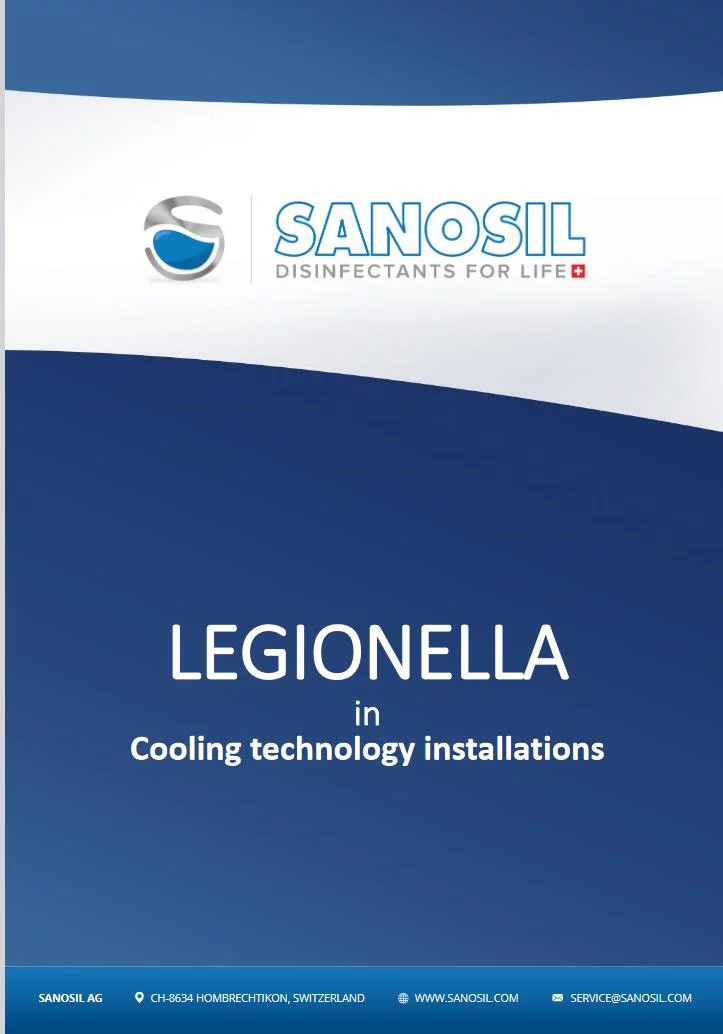
Legionella bacteria are rod-shaped bacteria and a natural component of freshwater. About 80% of all Legionnaires‘ disease cases are caused by the Legionella pneumophila genus. Legionella bacteria are harmless in small numbers and do not pose health risks when consumed in drinking water. However, when they proliferate in water systems with temperatures between 30-40 degrees Celsius, they can become a significant health hazard. If such water is dispersed as aerosols, for example, through showers, whirlpools, cooling towers, or air conditioning systems, it can lead to the formation of Legionella-containing aerosols. Inhalation of these infectious aerosols can cause mild infections with flu-like symptoms that typically resolve without treatment after a few days.
However, Legionnaires‘ disease, a severe form of pneumonia caused by Legionella bacteria, can develop in some cases. If not promptly diagnosed and treated with appropriate antibiotics, Legionnaires‘ disease can be fatal. Although only about 10% of Legionella infections lead to this type of pneumonia, they have a mortality rate of over 30%.

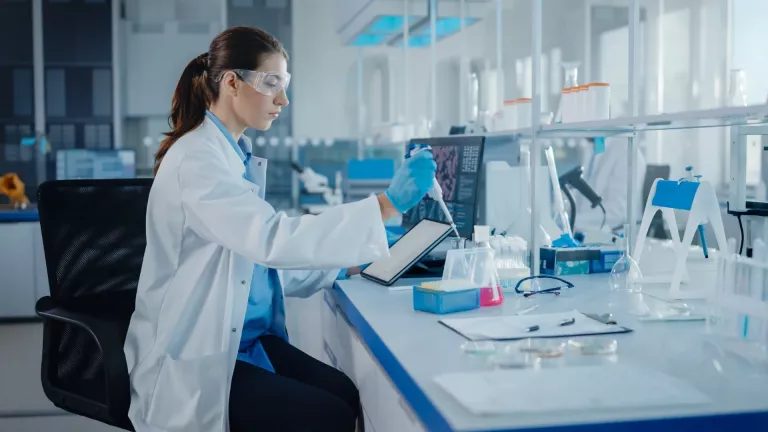
Hospitals, nursing homes (and potentially hotels) are susceptible to Legionella growth in water systems for several reasons. Firstly, these facilities often have complex water pipes and air conditioning systems that are difficult to clean. This allows for the growth and spread of Legionella in water pipes and air conditioning systems. Secondly, patients in hospitals and residents of nursing homes often have weakened immune systems, making them more susceptible to infections.
In such facilities, Legionella infections have particularly serious consequences. It is therefore crucial that measures are taken to prevent the growth and spread of Legionella in critical systems.
Over the past 20 years, there has been a clear increase in Legionella infections across Europe. The exact reasons for the rise in Legionella infections in recent years are not fully understood. However, several factors may contribute to this increase:
To prevent the spread of Legionella infections, it is essential for building owners and infrastructure operators to implement appropriate prevention measures against Legionella. This includes regular monitoring through laboratory testing or rapid tests, as well as adherence to recommended water hygiene through thermal or chemical disinfection.
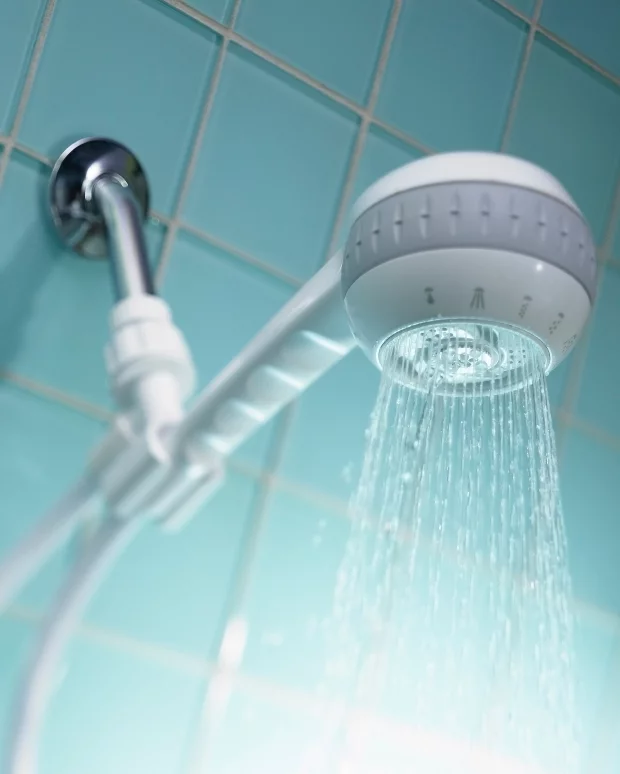

Wherever thermal Legionella control is not feasible due to structural constraints (such as listed buildings, long water lines, excessive energy consumption), the use of disinfectants offers an alternative solution. However, many biocidal chemicals come with undesirable side effects such as taste and odor impairment of the water, as well as significant corrosion issues with pipes and seals.
Another challenge in Legionella control with disinfectants is that Legionella often live in symbiosis with biofilms. In this case, the Legionella are protected from disinfectants by the slime layers of the biofilms.
Lastly, many disinfectants, especially chlorine-based ones, only induce a VBNC (viable but nonculturable) state in Legionella in the water instead of killing them. VBNC means viable but not culturable, which falsely suggests efficacy of these substances during follow-up checks.
However, many people find the idea of adding chemicals to drinking water very unpleasant. This can be easily circumvented in Legionella control by conducting sporadic shock disinfections with higher amounts of disinfectant instead of a permanently low continuous dosage. Since no drinking water is drawn during disinfection, products that are not necessarily listed for continuous drinking water treatment can also be used. It is important to ensure that besides Legionella, biofilms are also detected and eliminated during the disinfection process.
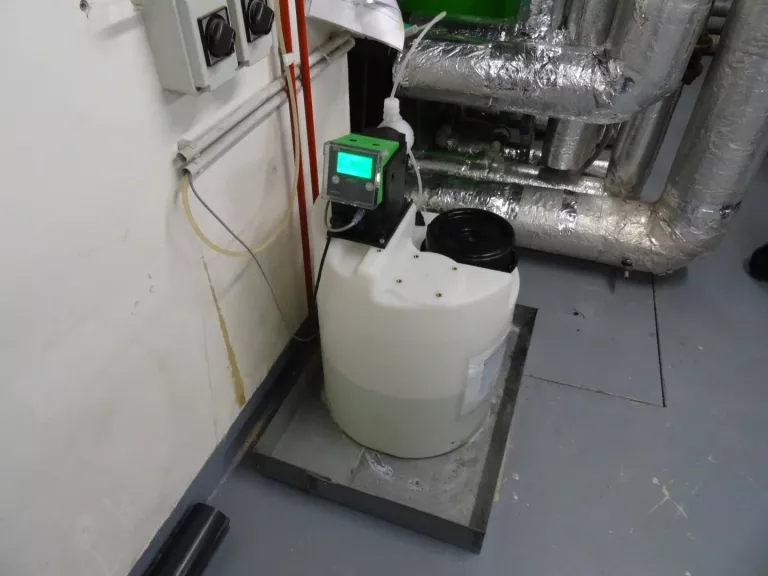
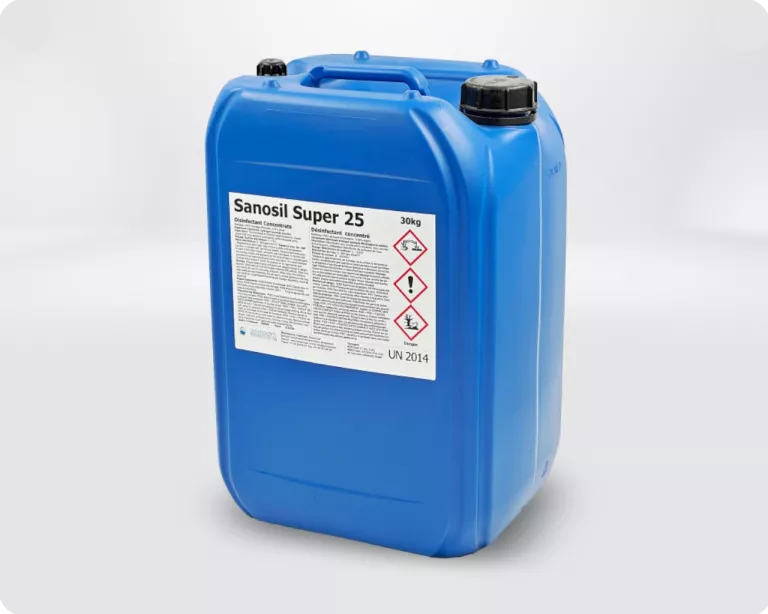
Sanosil disinfectants have the following properties that make them particularly suitable for combating Legionella:
To prepare, critical points in the water system must be identified and marked on the piping plan. These include air-carrying pipe bends, dead legs, branches leading to rarely used sections of the pipeline, water treatment devices such as softeners, and especially long pipelines. Experience has shown that these points are the main sources of Legionella contamination. Decommissioned boilers or water tanks are also considered breeding grounds for Legionella and require attention.
A lower limit of 100 Legionella per 100 ml of water has been established, with 10,000 Legionella per 100 ml of water indicating acute danger and requiring immediate action.
After attaching a dosing pump to the main water line and dosing the shock solution (Super 25 or Sanosil S015), each section of the pipeline is successively flooded completely and free of air bubbles. No water should be drawn during the exposure time.
After the exposure time, the entire piping system is flushed. Subsequently, a low continuous dosage is applied to prevent Legionella regrowth. Where this is not possible or desired, a hygiene plan for regular or demand-based shock disinfections must be established.
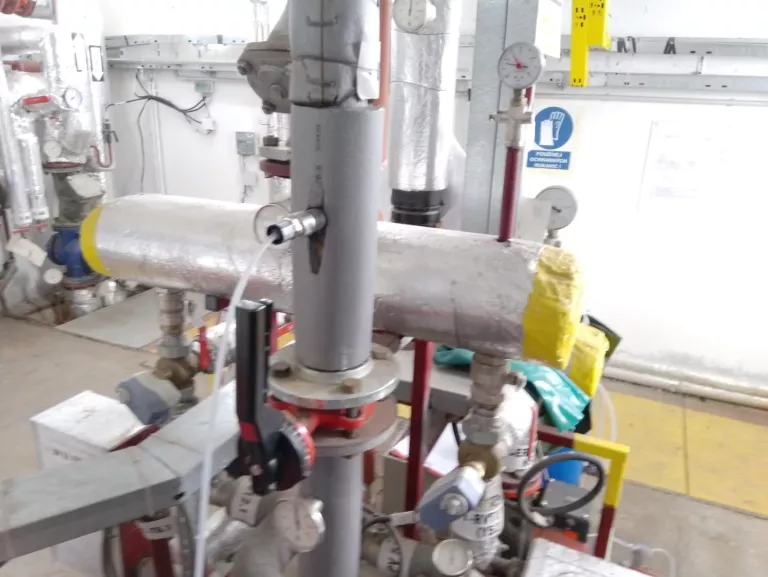
Our core competencies include the manufacturing and application consulting of disinfection products for water systems, surfaces, and air (complete room disinfection).